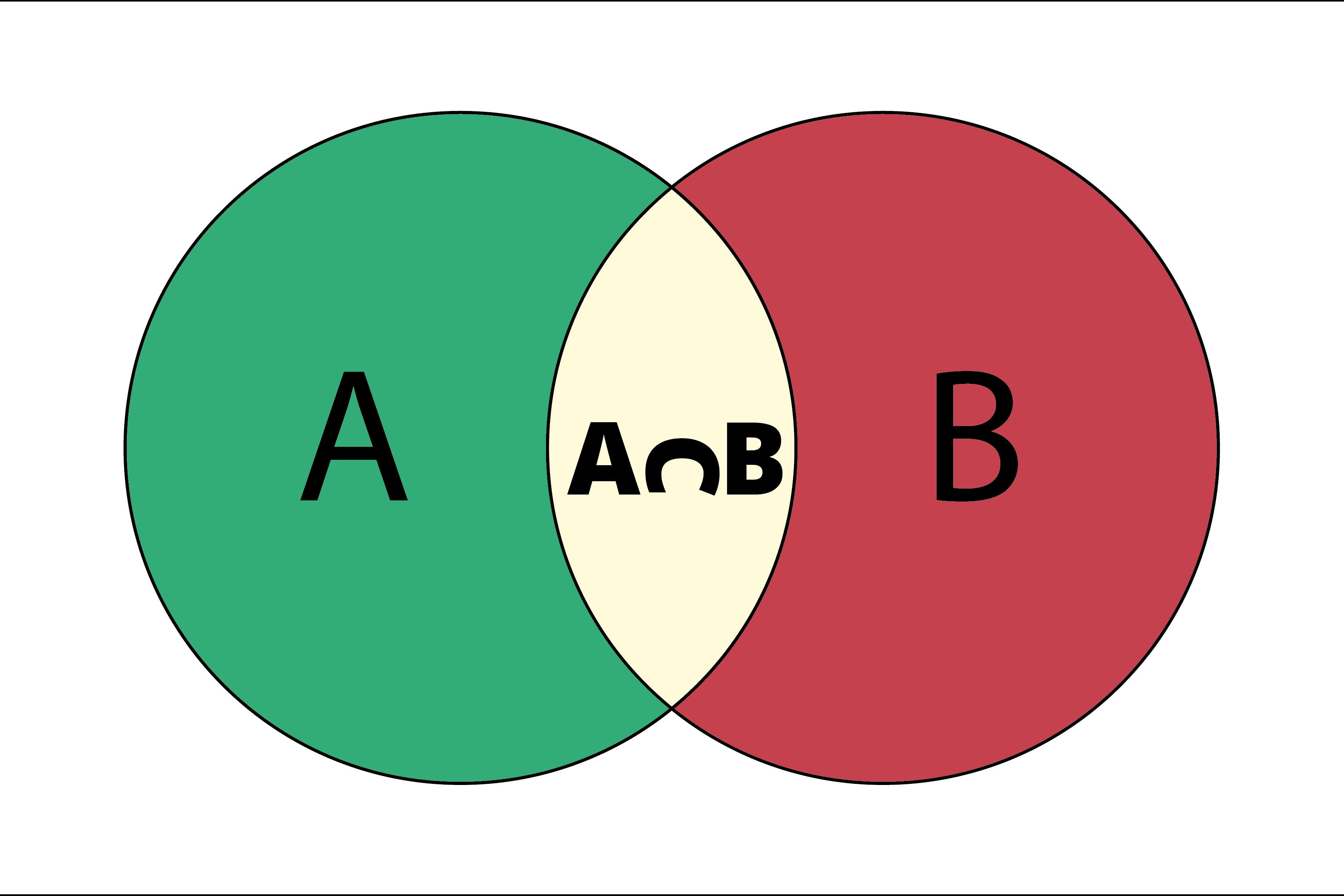Step into the intriguing world of set theory, where the fundamental building blocks of mathematics come to life through sets, subsets, and operations. This quiz will challenge your grasp of essential concepts, from the basics of set notation to the complexities of Cartesian products and power sets. Sharpen your pencils and get ready to test your knowledge!
We recommend that you do not leave the page that you are taking this quiz in. Stay honest 🙂
Set Theory Quiz Questions Overview
1. Which of the following is a subset of every set?
The set itself
The empty set
A set with one element
A set with two elements
2. What is the union of sets A and B?
A set containing elements common to both A and B
A set containing all elements of A and B
A set containing elements in A but not in B
A set containing elements in B but not in A
3. What is the intersection of sets A and B?
A set containing elements common to both A and B
A set containing all elements of A and B
A set containing elements in A but not in B
A set containing elements in B but not in A
4. What is the complement of a set A in a universal set U?
A set containing elements in A
A set containing elements not in A
A set containing elements in U
A set containing elements in A and U
5. What is the cardinality of a set?
The number of subsets of the set
The number of elements in the set
The number of elements not in the set
The number of elements in the universal set
6. What is the power set of a set A?
A set containing all elements of A
A set containing all subsets of A
A set containing elements not in A
A set containing the complement of A
7. What is the Cartesian product of sets A and B?
A set containing pairs of elements where the first element is from A and the second is from B
A set containing elements common to both A and B
A set containing all elements of A and B
A set containing elements in A but not in B
8. If A = {1, 2, 3} and B = {3, 4, 5}, what is A ∩ B?
{1, 2, 3, 4, 5}
{1, 2, 3}
{3}
{1, 2, 4, 5}
9. If A = {1, 2, 3} and B = {3, 4, 5}, what is A ∪ B?
{1, 2, 3, 4, 5}
{1, 2, 3}
{3}
{1, 2, 4, 5}
10. What is an element of a set?
A subset of the set
A member of the set
A power set of the set
A complement of the set
11. If A = {a, b, c} and B = {b, c, d}, what is A – B?
{a, b, c, d}
{a}
{b, c}
{d}
12. What is a finite set?
A set with a finite number of elements
A set with an infinite number of elements
A set with no elements
A set with one element
13. What does the notation |A| represent in set theory?
The number of subsets of A
The number of elements in A
The complement of A
The power set of A
14. What is an infinite set?
A set with a finite number of elements
A set with an infinite number of elements
A set with no elements
A set with one element
15. If A = {1, 2, 3} and B = {4, 5, 6}, what is A ∩ B?
{1, 2, 3, 4, 5, 6}
{1, 2, 3}
{}
{4, 5, 6}
16. What does it mean for two sets to be disjoint?
They have at least one element in common
They have no elements in common
One is a subset of the other
They have the same number of elements
17. What is the universal set?
A set containing all possible elements
A set containing no elements
A set containing one element
A set containing all subsets
18. What is a proper subset?
A set that contains all elements of another set
A set that contains some but not all elements of another set
A set that contains no elements
A set that contains one element
19. If A = {1, 2} and B = {3, 4}, what is A × B?
{(1, 3), (1, 4), (2, 3), (2, 4)}
{(1, 2), (3, 4)}
{(1, 3), (2, 4)}
{(1, 4), (2, 3)}
We recommend that you do not leave the page that you are taking this quiz in. Stay honest 🙂











